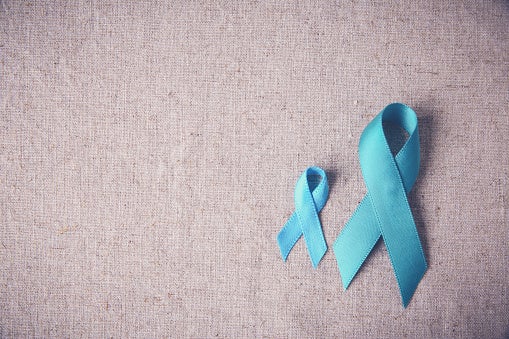
As a medical resident, when hours are long and work/life balance nonexistent, being paged to evaluate an unscheduled patient is an exhausting prospect. Yet when I reached the bedside, I immediately knew that this interaction would change me forever. Despite the fact that we were the same age—29 to be exact—the woman lying on the gurney would become my patient and I her doctor. There were no doubt differences: she hadn’t pushed past secondary school whereas the pursuit of education is all I had ever known; she was black while I was not. But this seemed irrelevant in light of our similarities: we were born and raised in the most economically advanced, diverse country in the world, and our youthful spirits brimmed with untold hopes and dreams. As it turned out, however, our seemingly innocuous contrasts were in fact linked to the most consequential difference: she had terminal cervical cancer and would soon succumb to this entirely preventable disease.
From that point forward, cervical cancer has gripped my attention for a multitude of reasons, starting with the fact that it receives minimal spotlight. While pink has become synonymous with breast cancer and the most successful advocacy movement to date, not many know that January is cervical cancer awareness month or that teal is the color commemorating thousands of lost lives. Part of our first-world indifference lies in the assumption that this is a disease relegated to the developing world. While it is true that the heaviest burden is in low-income countries, the reality check is that cervical cancer was once the leading cause of cancer death for American women as well. These days, however, cervical cancer has become a disease of the poor, uneducated minority. As recent research confirms, the disparity in mortality rates between black and white women is even wider than previously believed.
Although the study did not delve into the reasoning behind this gross inequality, there are plenty of hypotheses that merit further exploration. The fact that incidence of cervical cancer is higher amongst minorities suggests that there is a lack of access to pap smears and other screening programs. That being said, a gap in preventive care cannot explain the entire picture since women of color go on to die at double the rate as their Caucasian counterparts. This outcome is partially explained by the fact that black women fail to receive standard of care treatment at unacceptably high rates. Beyond these sobering realities, there is a fundamental knowledge divide as well. Surveys of certain minority groups have shown that a majority of respondents have never heard of HPV or the vaccination, and most do not know of its relationship to a multitude of cancers. It comes as no surprise, then, that significant racial disparities persist despite overall improvements in cancer screening and corresponding decreases in mortality rates.
As minority populations continue to grow, health metric inequities will take a toll not only on these groups but also on our healthcare system as a whole. To that end, our ultimate goal must be to increase collective knowledge, promote informed dialogue, ramp up screening programs, and improve immunization uptake. Most importantly, we need to do this equitably, regardless of race, religion, income, or education. Given that a significant proportion of Americans are either completely unaware or grossly misinformed about preventive measures, the need to reach a broad segment of the population through a variety of means is critical. Organizations such as the American Sexual Health Association need to continue to champion their mission, while nonprofits such as Cure Cervical Cancer should consider extending their international work to underserved regions at home as well. Federal level agencies ought to take a page from the successful Nevada “HPV Free NV” immunization campaign, and healthcare providers must continue to disseminate credible information. Celebrity voices and media platforms cannot be underestimated, especially in influencing vulnerable populations. Together we mustn’t allow complacency or fatigue to set in, because somewhere out there is a girl whose hopes and dreams depend on it.
January is National Cervical Awareness Month, and the author is convinced that by engaging every stakeholder, we can eradicate HPV and cervical cancer in our lifetime.
